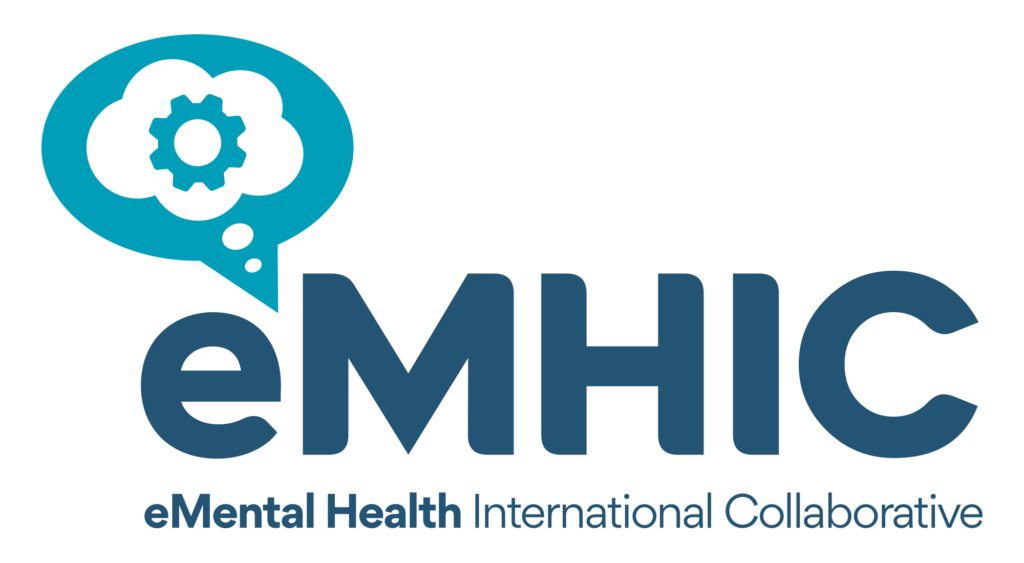Summary
Background:
- Rates of suicidal behavior are increasing in the United States, although preventive measures including universal screening with discharge follow-up, lethal means counseling, and safety planning have been shown to reduce risk.
- Universal screening in emergency departments (EDs) has demonstrated feasibility and led to a near 2-fold increase in suicide risk detection in adults.
- Predictive models might augment face-to-face screening and leverage electronic health record (EHR) data toward the automated, early detection of individuals at risk of suicide.
- Integrating clinical and statistical risk predictions might provide more effective suicide risk detection. However, it remains to be established whether these alternative methods are “competing, complementary, or merely duplicative.”
The Current Study:
- Aim: To evaluate the respective and combined abilities of a real-time machine learning model and the Columbia Suicide Severity Rating Scale (C-SSRS) to predict suicide attempt (SA) and suicidal ideation (SI).
- We studied an observational cohort of adult patients (aged 18 years) at VUMC from June 2019 to September 2020.
- The C-SSRS was administered during routine care, and a Vanderbilt Suicide Attempt and Ideation Likelihood (VSAIL) prediction was generated in the electronic health record.
Results and Conclusion:
- The primary finding was that the combination of the C-SSRS and VSAIL models outperformed either alone in the prediction of SA and SI at all time intervals. By leveraging the complementary strengths of historical Electronic Health Record data and face to-face screening, ensemble learning improved discrimination at various risk thresholds.
- The improvement from combining in-person screening and historical EHR data was clinically significant, although the costs and benefits of our ensemble approach will vary greatly between health care sites.
- Further research is needed to compare alternate ways of combining clinical and statistical risk prediction and to analyze the practical implications of implementing them in clinical systems.




